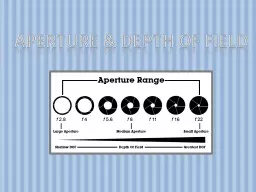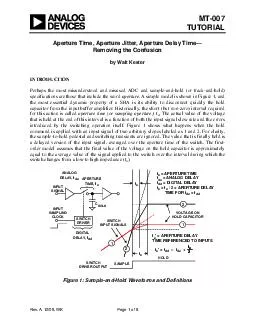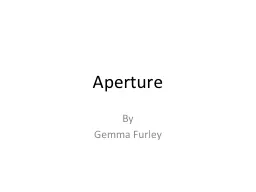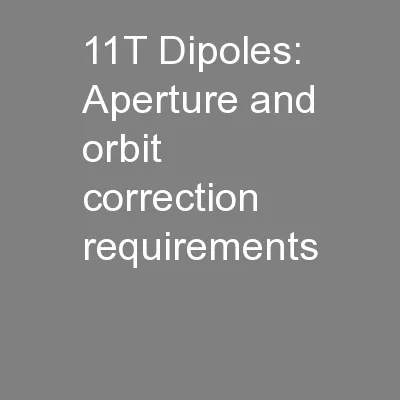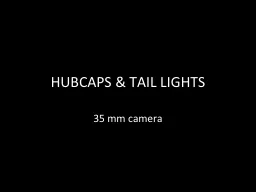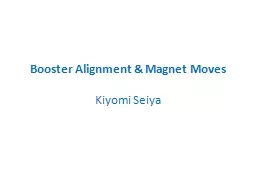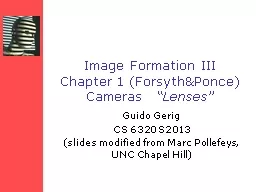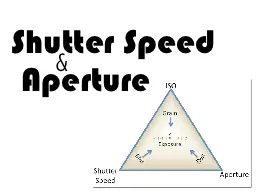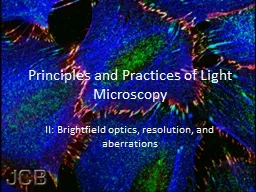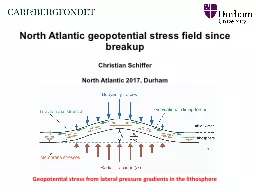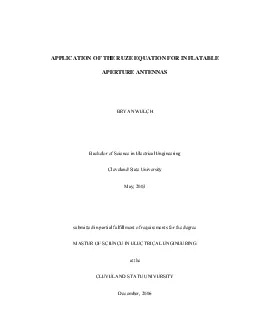PPT-Aperture & Depth of Field
Author : yoshiko-marsland | Published Date : 2018-03-11
How does the aperture affect exposure A WIDELARGE fstop is a SMALLER number f2 OPENS the aperture for MORE light A SMALL fstop is a LARGER number f22 CLOSES
Presentation Embed Code
Download Presentation
Download Presentation The PPT/PDF document "Aperture & Depth of Field" is the property of its rightful owner. Permission is granted to download and print the materials on this website for personal, non-commercial use only, and to display it on your personal computer provided you do not modify the materials and that you retain all copyright notices contained in the materials. By downloading content from our website, you accept the terms of this agreement.
Aperture & Depth of Field: Transcript
Download Rules Of Document
"Aperture & Depth of Field"The content belongs to its owner. You may download and print it for personal use, without modification, and keep all copyright notices. By downloading, you agree to these terms.
Related Documents

